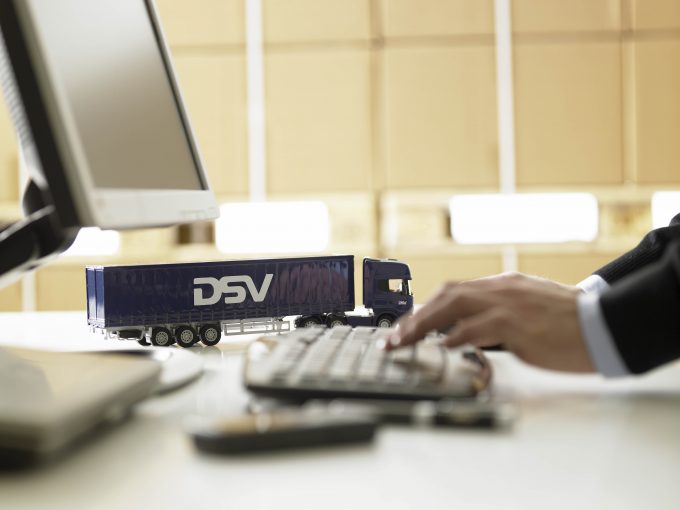Deal talk, new partners and codswallop in logistics
It’s a wrap…

Danish freight forwarder DSV delivered a decent trading update yesterday, mostly because its integration of UTi Worldwide appears to be on track, according to executives.
Yet there were scant details about redundancies on a large scale in a follow-up call with analysts, which to my mind ...

Comment on this article